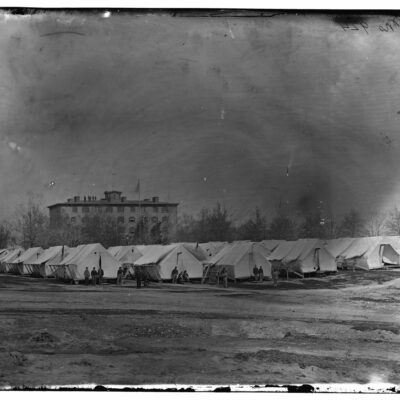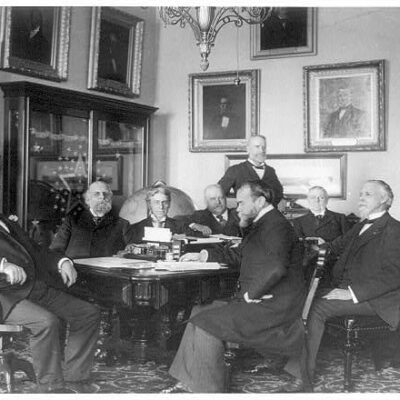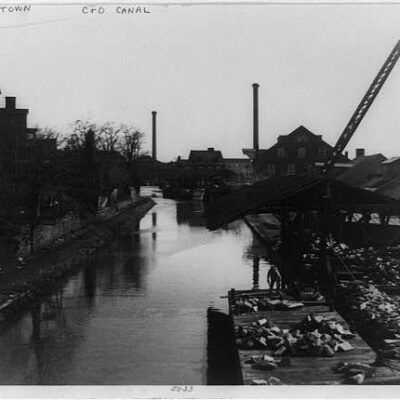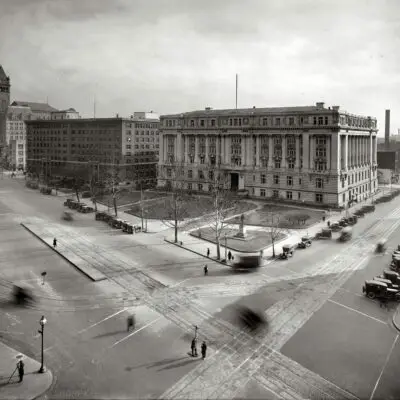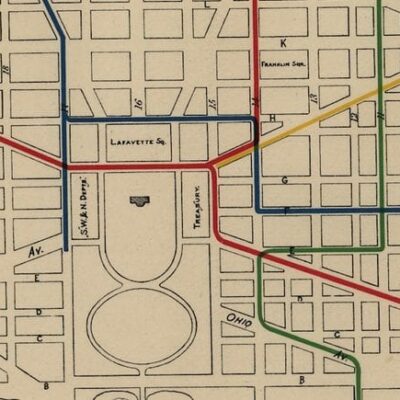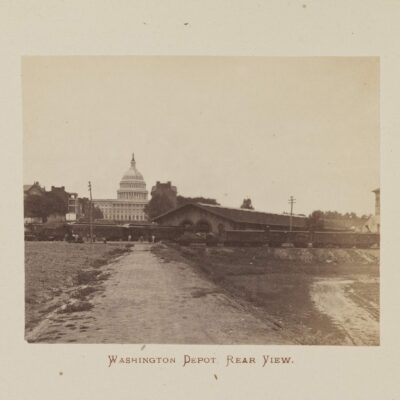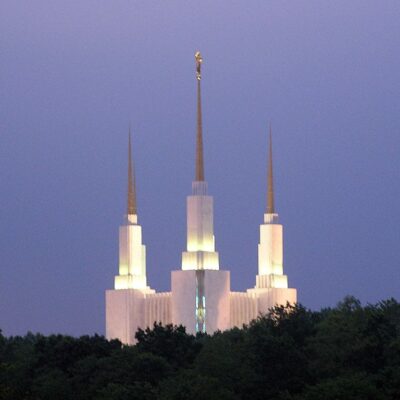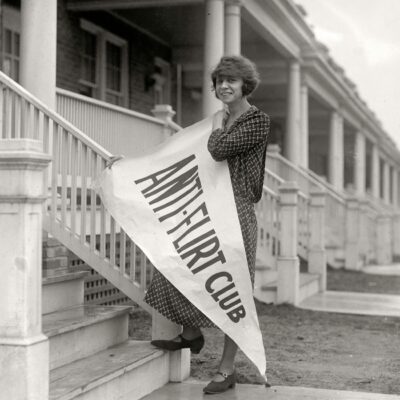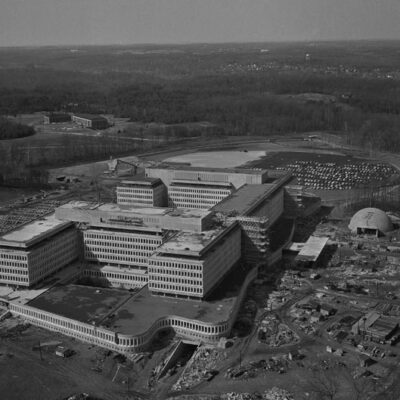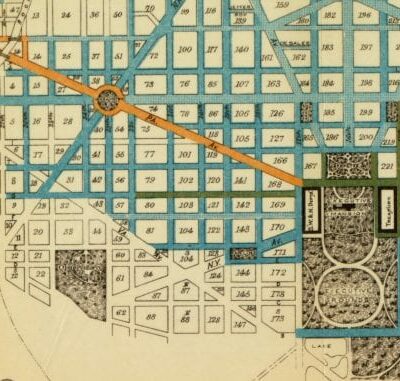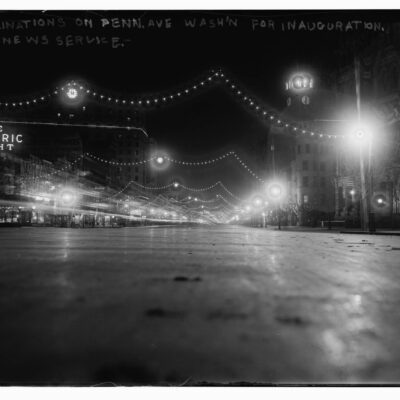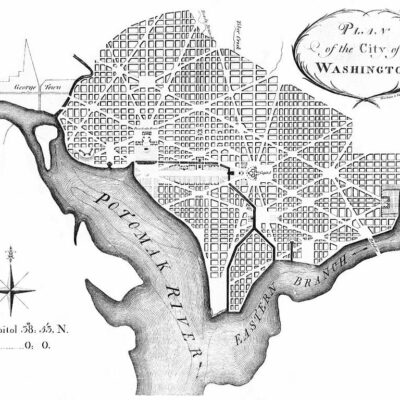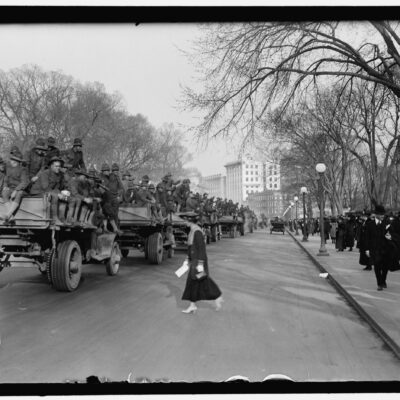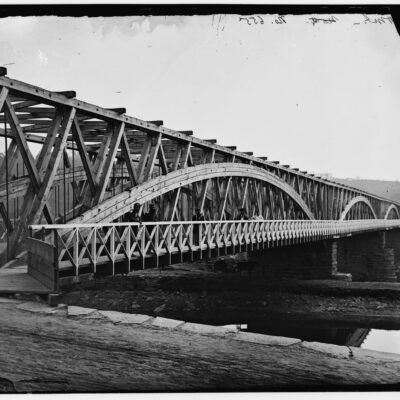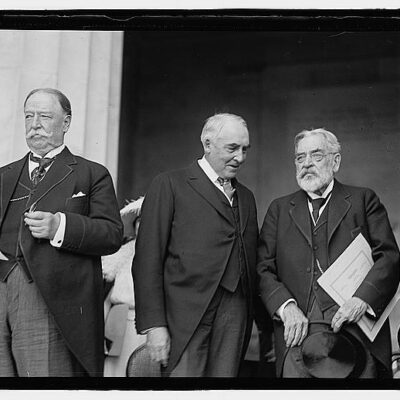Six years before Rock Creek Park came to be and about 20 years after the Civil War, there was talk of a great park for Washington to be made from lands in Arlington, combined with the reclaimed flats on the Potomac River (Hains Point – why is it named Hains Point?).

We came across an interesting article in the Washington Post from Wednesday, October 20th, 1886 mentioning the proposal.
No doubt all who have ever visited Arlington Cemetery have noted the desolate look of the adjoining country immediately in front and to the west and south of that beautiful spot. One might imagine that the seven plagues had stalked hand in hand, and that fire, famine and supreme neglect had each marked it for its very own. Viewed from the monument, it has the appearance of a great scar across the face of nature. On all sides of the country is charming to look at, except this barren spot of some six or seven hundred acres. The sun pours down in midsummer upon the treeless waste with a fervency which has baked the soil until it bears a look of premature old age. Why is it that such a naturally fine country lying to near a great city should be so neglected? Any one who observes the desolate condition of this tract of land is sure to wonder who is the owner and what the cause of its abandonment.
…
Why is not this a grand spot for a public park? Extending along the river front for about a mile it stretches back to the south and west so that the cemetery is almost lost in the extent of Arlington proper. It embraces an undulating plain rising some twenty feet above sea level, and then ascends the commanding heights on which the mansion is situated. It reaches within a few rods of the Columbia turnpike on the south, running parallel with it back into Virginia toward Arlington postoffice. This estate, forsaken as it now looks, could soon be made to bud and blossom like the rose. It is not barren soil, but worn out by means of bad usage and neglect.
…

The Government owes it to itself to restore this once superb piece of property, not to a plantation, but to a noble park. Taking this estate with the reclaimed flats, the Mall, the Arsenal, and the Observatory grounds, and the land which may be reclaimed just south of Analostan Island and adjoining the shores of the Arlington estate–all contiguous to each other and only separated by the river–a grand park could be made, second in extent to only one municipal park in the country–that of Fairmount, at Philadelphia.
…
The proposed Grant memorial bridge would connect these two parks, the abutments of which would rest on Government property on both sides of the river. This bridge, now that the Aqueduct Bridge is about to be acquired by the Government, should span the river just midway between the Long Bridge and the Aqueduct, which point would be about at the foot of Twenty-first or Twenty-second street extended to the outer sea wall of the reclaimed flats park.
A bridge at this point would be on a line about southwest of the President’s grounds, and would bring the driving distance from the Avenue at Fifteenth street to the cemetery easily within twenty minutes, the whole distance through a public park.
The entrance of the proposed Rock Creek Park would be separated from the park system along the river front only by a short drive through the Washington Circle and along Twenty-second or Twenty-third street.
Washington will never be a great commercial city. Its river commerce is small and will probably continue so for many years to come. A light drawbridge between the Arsenal grounds and the river park would not seriously discommode river traffic, and would rescue that delightful spot, to some extent, from its present isolated position.
No one disputes that Rock Creek ought to be converted into a park, but before the Government purchases a costly piece of property for a park it should expend a fraction of the cost of that purchase in beautifying a spot, almost as desirable, which it already owns.
Of course, the land being discussed turned into something more important than a park: Arlington National Cemetery.
